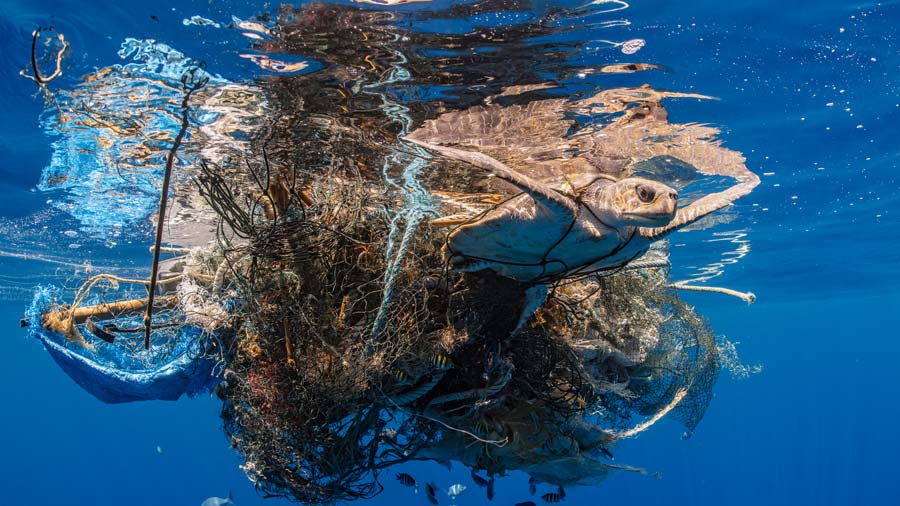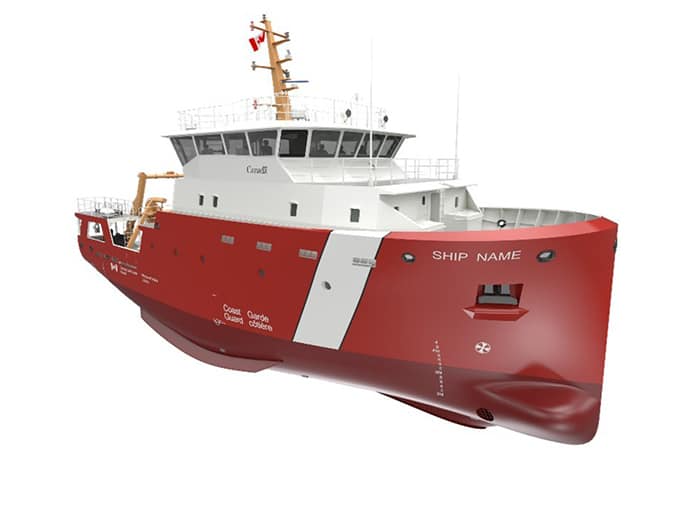Discovering the Soul of São Tomé and Príncipe: A Cetacean Research Expedition

São Tomé and Príncipe, a volcanic archipelago nestled in the Gulf of Guinea, is a place where the air hangs heavy with the scent of frangipani and woodsmoke, and where the vibrant tapestry of life extends from the lush rainforests to the depths of the ocean. As a marine biologist specializing in cetacean research and conservation, I, Dr. Anya Sharma, recently embarked on a 7-day research trip to these islands, a journey that reaffirmed the urgency of protecting this unique ecosystem. This wasn’t just a scientific expedition; it was an immersion into the heart of a world teeming with life, a world that needs our help. The following outlines my recent exploration of this beautiful archipelago.
Day 1: Arrival and Island Immersion
Touching down at São Tomé International Airport as the sun began its descent was like stepping into a dream. The air, thick with the fragrant promise of frangipani and the comforting aroma of woodsmoke, wrapped around me like a warm embrace. The drive to my eco-lodge near Santana offered tantalizing glimpses of the volcanic landscape under the fading golden light. Jagged peaks pierced the horizon, hinting at the geological forces that birthed these islands. The sounds of the rainforest, a symphony of chirps and croaks, filled the air, a constant reminder of the vibrant biodiversity that awaited exploration. This initial immersion set the stage for a week dedicated to understanding and protecting the magnificent cetaceans that call these waters home.
Day 2-6: Cetacean Research Expedition Aboard the Esperança
For five days, the research vessel Esperança became my floating laboratory and home. Each day brought new challenges, new discoveries, and a renewed sense of purpose. Our mission: to study the Humpback whales that migrate to these waters to breed and calve, contributing to the cetacean research of São Tomé.
Hydrophone Deployment and the Symphony of the Sea
One of our primary tasks was the deployment of hydrophones off the coast of Príncipe. These underwater microphones act as our ears, allowing us to eavesdrop on the complex conversations of whales. The act of carefully lowering the hydrophone into the water was a ritual. The equipment clicked into place, a final check of the connections, and then a gentle splash as it entered its underwater realm. The moment we began receiving signals was transformative. I remember the whale song tasting like cold salt water and ancient wisdom, resonating deep within me, a reminder of the planet's ancient intelligence. Over those five days, we successfully recorded over 200 hours of whale song from at least seven different pods. By analyzing these recordings, we can learn about their communication patterns, social structures, and even their migration routes. Hydrophone deployment is a critical aspect of hydroacoustics monitoring and provides valuable data for cetacean conservation.
Photo-Identification: A Whale's Unique Fingerprint

Every Humpback whale possesses a unique pattern of markings on its fluke (tail fin), much like a human fingerprint. Photo-identification involves photographing these flukes to identify individual whales. The process requires patience, precision, and a good dose of luck. The focusing of the lens, the salt spray stinging my face, the rocking of the boat beneath my feet – all faded into the background as I waited for the perfect moment. The adrenaline surged when a whale breached, its massive fluke rising out of the water, offering a brief window of opportunity. The satisfaction of capturing a clear image was immense. This season alone, we identified 30 individual Humpbacks, adding valuable data to our long-term monitoring efforts. This process is fundamental to our whale research and overall conservation goals.
Genetic Sampling: Unlocking the Secrets of Whale DNA
Genetic sampling is a more invasive, and thus controversial, technique. We use biopsy darts to collect small skin samples from the whales. Ethical considerations are paramount. We strive to minimize any potential impact on the animals, using experienced researchers and following strict protocols. The biopsy darts are designed to collect a tiny sample while causing minimal discomfort. Obtaining a sample that could reveal critical information about the whales' genetic diversity and migration patterns is worth the effort. These samples can help us understand how different populations are related, identify potential threats to their genetic health, and inform conservation strategies.
A Frantic Rescue: Encountering Ghost Gear
One of the most harrowing experiences of the trip involved a juvenile Humpback entangled in abandoned fishing gear, what we call "ghost gear." The sight of the young whale struggling against the netting was heartbreaking. We immediately launched our small inflatable boat and carefully approached the entangled animal. With specialized tools, we worked quickly and cautiously to cut away the netting, mindful of not causing further injury. The relief of seeing the whale swim away, free from its deadly burden, was overwhelming. However, the incident served as a stark reminder of the devastating impact of marine debris on whale populations. We need to take action to mitigate the damage that discarded nets and fishing lines inflict on marine wildlife.
Dive Against Debris: Cleaning Up the Ocean
To combat the pervasive problem of ghost gear, we partnered with Equator Dive, a local dive shop committed to sustainable practices. Together, we organized a "dive against debris," focusing on areas known for accumulating lost fishing gear. During a single dive, our team recovered over 50kg of ghost gear, including discarded nets and fishing lines. It was a sobering experience to witness the sheer volume of debris and the devastating impact it has on marine life.
"Responsible tourism means leaving the ocean cleaner than we found it," said Paulo, the owner of Equator Dive. "We see the impact of plastic and ghost gear on the reefs every day. That's why we are committed to organizing regular cleanup dives and educating our divers about marine conservation." Equator Dive also takes pride in its sustainable practices, such as using eco-friendly sunscreen, supporting local conservation efforts, and educating divers about marine conservation.

Day 7: Departure and Reflection on Responsible Travel to São Tomé and Príncipe
My last meal in São Tomé was a feast for the senses: Calulu, a smoked fish and vegetable stew, paired with grilled barracuda and sweet plantains, all washed down with a glass of fresh maracujá (passion fruit) juice. As I savored the flavors of the island, I reflected on the week's experiences.
Conservation Analysis: The Ghost Gear Initiative and Protecting the Whales
The incident with the entangled juvenile Humpback vividly illustrates the grave threat posed by ghost gear. Whales can become entangled in these abandoned nets and lines, leading to injury, starvation, and even death. It’s estimated that hundreds of thousands of marine animals are killed each year due to ghost gear. Understanding how these nets threaten whale populations is critical to finding potential solutions.
Fortunately, there's a local initiative aiming to combat this problem. Roughly 30% of local fishermen are now participating in a ghost gear retrieval program. This program encourages fishermen to bring in any discarded or lost fishing gear in exchange for new equipment, helping to reduce the amount of marine debris. However, more support is needed to expand this initiative and ensure its long-term success.
The Enchanting Beauty of São Tomé's Volcanic Island Ecology
Beyond the whales, São Tomé and Príncipe boast a breathtaking volcanic island ecology. The endemic bird species flitting through the rainforest, the unusual flora clinging to the dramatic Pico Cão Grande, the vibrant coral reefs teeming with life – all contribute to the islands' unique biodiversity.

The endemic birds that call the island home are beautiful to behold; some species are so rare that they can only be found in remote regions of the jungle. The island's flora is equally fascinating, with many plants adapted to the steep volcanic slopes and nutrient-poor soils. The vibrant coral reefs are another highlight, teeming with colorful fish and invertebrates.
The Call to Action
My research trip to São Tomé and Príncipe was a powerful reminder of the beauty and fragility of our planet. The experience highlighted the urgent need for conservation efforts to protect these magnificent creatures and their habitat. By supporting sustainable tourism, reducing plastic waste, and investing in research and conservation initiatives, we can all play a role in ensuring the future of São Tomé and Príncipe’s whales. You can contribute to cetacean research in São Tomé by donating to local conservation organizations that are actively studying and protecting these animals. Consider supporting the initiatives of Paulo and Equator Dive by participating in their "dive against debris" or simply spreading awareness about their commitment to sustainable practices. Book a whale watching tour with responsible companies that are dedicated to protecting the cetaceans in the Gulf of Guinea. Together, we can make a difference.